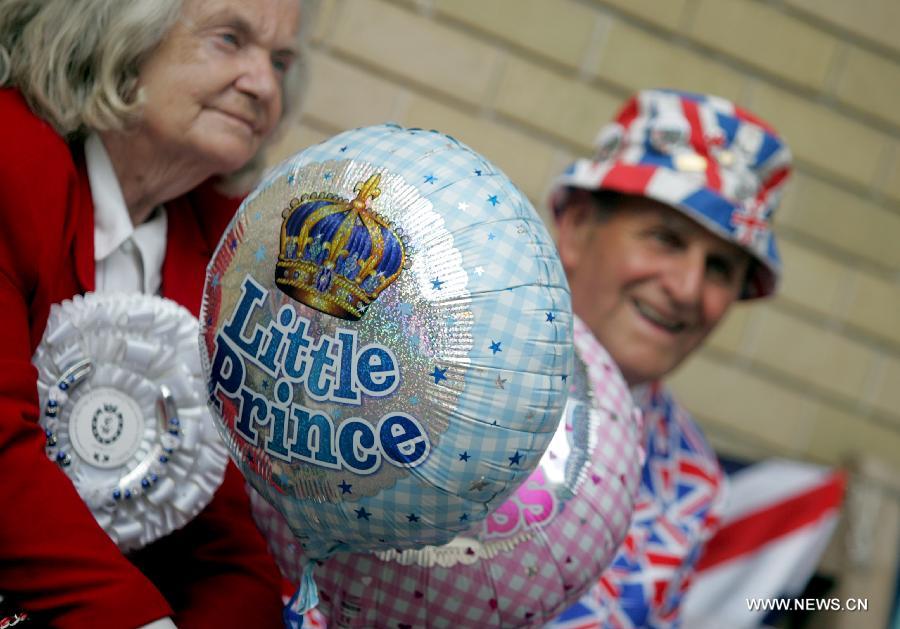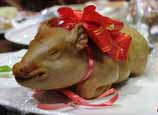
As with making ceramics, there are unpredictable "accidents of color" - sometimes very beautiful - that occur in making glass.
"A glass artist must be very much aware of all experimental and analytical data, but at the next moment there can be excitement because you encounter unexpected colors and textures," the artist says.
He absorbs as much as possible from books and other materials. "In the first stages, I spend a lot of time pondering how to transform my ideas into glass," he says.
Since he studied ceramics, he knows how to curve and shape the glass.
"Colleagues and friends say my glass work has a surprising, calming power that transports them into a world of Zen," he says.
Is it possible that Qing will become a new Chinese luxury brand?
That's not Wang's aim and he doesn't give it much thought. He is focused on his second series, inspired by guqin, a traditional plucked, zither-like instrument favored by Chinese scholars. It is known for its calming, ethereal music.
"Now my mind is filled with thoughts of guqin and its melody," Wang says.
China's world of luxury
Today we launch an occasional series on luxury in China, exploring its varieties and meanings past and present.
Everywhere urbanites seem to be craving and striving for luxury, especially conspicuous luxury that demonstrates wealth, elite status, taste and singularity.
For many people, luxury is about very obviously expensive, imported brands of fashion, handbags, shoes, jewelry, watches, automobiles, houses, vacation destinations, costly cuisine and so on.
One dictionary describes "luxury" as: 1) the state of great comfort and extravagant living; 2) an inessential, desirable item that is expensive or difficult to obtain.
Real Chinese luxury can be much more subtle, simple and understated.
In the novel "A Dream of Red Mansions" in the Qing Dynasty (1644-1911) by Cao Xueqin, Miaoyu makes tea for friends with water "accumulated from mountain snow five years ago that was placed in a jar and buried in the earth so the water eventually complemented the aroma of tea."
Western equivalent
In the West, Lalique glass represents quality, status and luxury.
The glass was invented by a French man named Rene Jules Lalique (1860-1945) in the early 20th century. Lalique was known for his creations of glass art, perfume bottles, vases and jewellery. He started a glassware firm, named after him, which still remains successful.
Lalique glass makes use of influential Art Deco images such as female figures and faces. These also come in intricately shaped bowls, vases and bottles.

















 Floodwater gushes from sluices of Gezhou Dam, China's Hubei
Floodwater gushes from sluices of Gezhou Dam, China's Hubei


![]()
